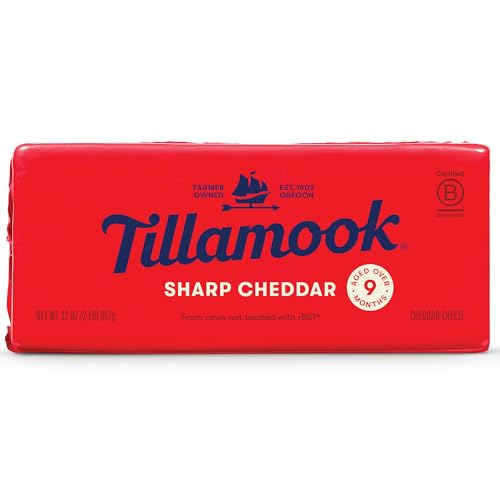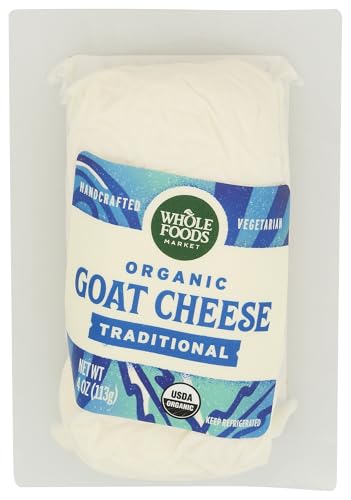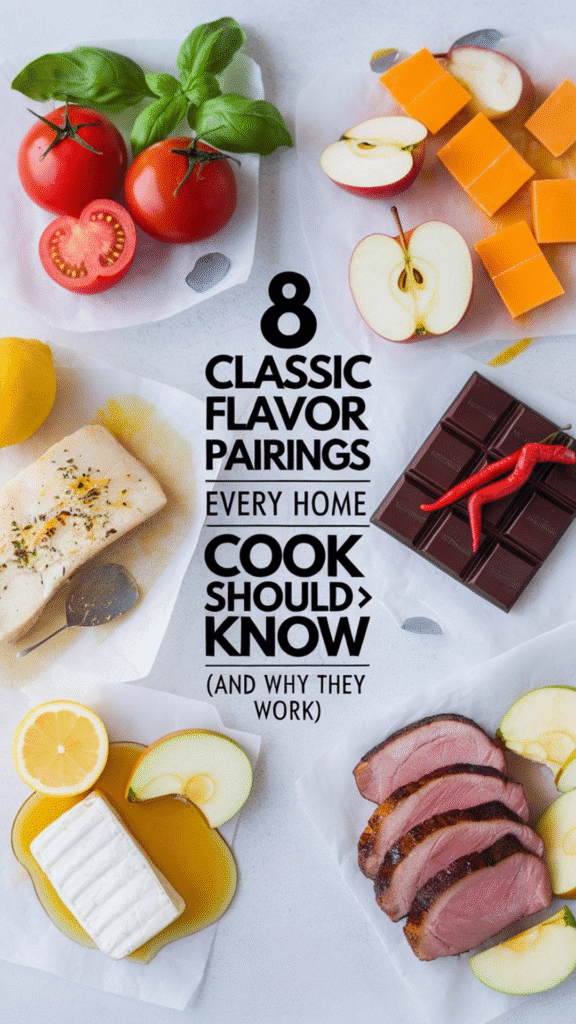🔪 Introduction: Why Certain Ingredients Just Work
Ever wonder why some ingredients just click? Like how fresh basil makes tomatoes taste even juicier, or how a squeeze of lemon wakes up a piece of fish? These classic combos aren’t accidents—they’re flavor pairings refined by science, tradition, and generations of kitchen wisdom.
Flavor pairing is part chemistry, part storytelling. Some ingredients literally “speak the same flavor language” through shared aroma compounds. Others shine through contrast—think sweet and salty, rich and acidic, or crunchy and creamy.
Over time, home cooks and chefs around the world have discovered which ingredients naturally balance each other—and turned them into timeless favorites.
In this article, you’ll explore 8 classic flavor pairings every home cook should know—starting with the ever-popular basil and tomato. These pairings don’t just taste great—they can help you build better meals with simple, everyday ingredients.
Ready to unlock why these combos work so well? Let’s dive in.
🍅 1. Tomato + Basil: The OG Flavor Power Couple
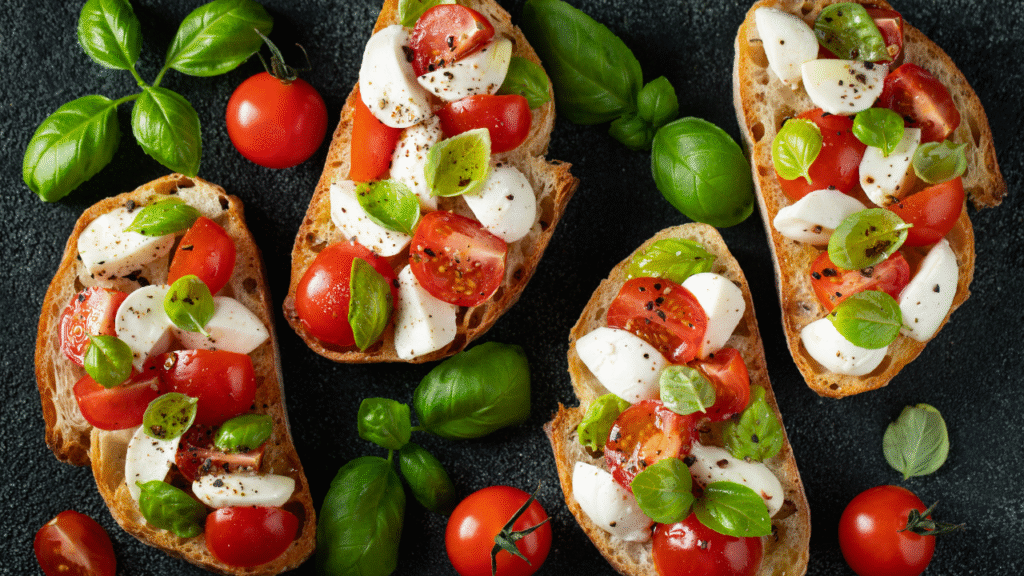
Few pairings feel as natural—or as universally loved—as tomato and basil. They’re the culinary equivalent of a perfect duet: each ingredient elevates the other, turning simple dishes into instant classics. But what makes this combo so irresistible?
Why Tomato + Basil Works:
| Element | Explanation |
|---|---|
| Tomato Profile | Juicy, acidic, and rich in natural umami (thanks to glutamic acid). |
| Basil Profile | Sweet, peppery, with subtle hints of clove and anise. |
| How They Interact | Basil cuts through the tomato’s acidity and enhances its sweetness. |
| Aroma Compound: Eugenol | Gives basil its clove-like warmth. |
| Aroma Compound: Linalool | Adds floral, citrusy notes shared by both ingredients. |
| Flavor Result | Creates olfactory harmony and layered, balanced flavor. |
More Than Just Flavor—It’s Culture:
Tomato and basil aren’t just chemically compatible—they’re culturally intertwined. Italian cuisine has celebrated this duo for centuries, making it a cornerstone of Mediterranean cooking. This cultural connection adds a layer of depth and appreciation to the simple act of combining these two ingredients.
From the red, white, and green of Caprese salad (echoing the Italian flag) to the comforting simplicity of spaghetti pomodoro, this pairing is a cornerstone of Mediterranean cooking. It’s a reminder that great food doesn’t need complexity—just the right ingredients in the right relationship.
Try It In:
- Tomato Basil Soup – A creamy, nostalgic classic that’s both soothing and bright.
- Bruschetta – Crusty bread topped with marinated tomatoes and fresh basil for the perfect bite.
- Pasta Pomodoro – A minimalist pasta dish that lets the tomato-basil bond shine.
Whether you’re tossing them into a salad or simmering them into a sauce, tomato and basil are a match made in kitchen heaven.
🍏 2. Apple + Cheddar: A Sweet-and-Savory Power Move
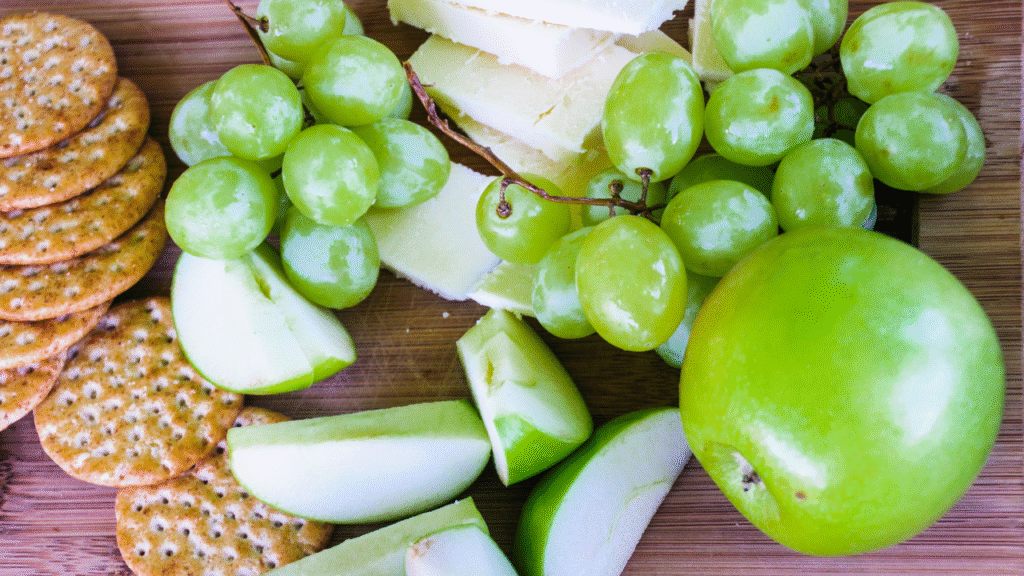
It might sound surprising at first, but once you try a bite of crisp apple alongside a slice of sharp cheddar, you’ll get it—it’s a flavor revelation. This unlikely duo is a textbook example of how contrast can create culinary harmony.
Why Apple + Cheddar Works:
| Element | Explanation |
|---|---|
| Apple Profile | Crisp, sweet, and tart. |
| Cheddar Profile | Salty, sharp, and creamy with a nutty richness. |
| How They Interact | Cheddar’s fat softens the apple’s tartness; the sweet and salty contrast shines. |
| Textural Contrast | Crisp fruit against creamy cheese makes each bite exciting. |
| Flavor Result | Balanced and crave-worthy through contrast. |
Rooted in Tradition:
This combo isn’t new—it’s long been a favorite in parts of the U.S. and the UK. Some even serve apple pie with a slice of cheddar on top, proving that this flavor friendship spans both sweet and savory territory. It’s farmhouse kitchen wisdom at its finest.
Try It In:
- Apple & Cheddar Grilled Cheese – Add thinly sliced apples to your next sandwich for a crisp, sweet crunch that cuts the richness of melty cheese.
- Cheese Boards – Pair slices of tart Granny Smith or sweet Honeycrisp apples with cubes of sharp white cheddar. Add nuts and honey for a full flavor experience.
- Fall Salads – Toss sliced apples and cheddar into leafy greens with walnuts and a tangy vinaigrette.
This duo reminds us that flavor magic often happens when opposites attract.
🍓 3. Strawberry + Balsamic Vinegar: A Juicy, Tangy Surprise

At first glance, strawberries and balsamic vinegar seem like an odd couple. But taste them together, and you’ll be in for a delightful surprise. Chefs and food lovers alike adore this combo for its sophisticated twist on sweet and tangy—a flavor pairing that deepens, brightens, and transforms both ingredients into something extraordinary.
Why Strawberry + Balsamic Vinegar Works:
| Element | Explanation |
|---|---|
| Strawberry Profile | Sweet, juicy, with mild acidity. |
| Balsamic Profile | Tangy, syrupy, and complex with notes of fig and molasses. |
| How They Interact | Balsamic deepens the sweetness and adds a rich contrast to the fruit. |
| Flavor Enhancement | Balsamic brings out hidden fruity notes in strawberries. |
| Flavor Result | A refined balance of sweet, tart, and bold—great for sweet or savory dishes. |
An Italian-Inspired Classic:
This combo has roots in Italian cuisine, where strawberries and balsamic have been paired for centuries, often with just a pinch of black pepper to finish. It’s a reminder that great food doesn’t always need heat or complexity—just the right pairing of natural ingredients.
Try It In:
- Strawberry Balsamic Salad – Toss fresh strawberries with mixed greens, goat cheese, and candied nuts, then drizzle with a balsamic vinaigrette.
- Vanilla Ice Cream with Balsamic Glaze – A warm balsamic reduction drizzled over cold vanilla ice cream and sliced berries makes for a stunning, grown-up dessert.
- Roasted Strawberry Compote – Roast strawberries with a splash of balsamic to serve over pancakes, yogurt, or even grilled meats.
This pairing proves that vinegar isn’t just for savory dishes—it can be the secret to next-level fruit flavor.
🍤 4. Lemon + Seafood: Brightness That Brings the Ocean to Life
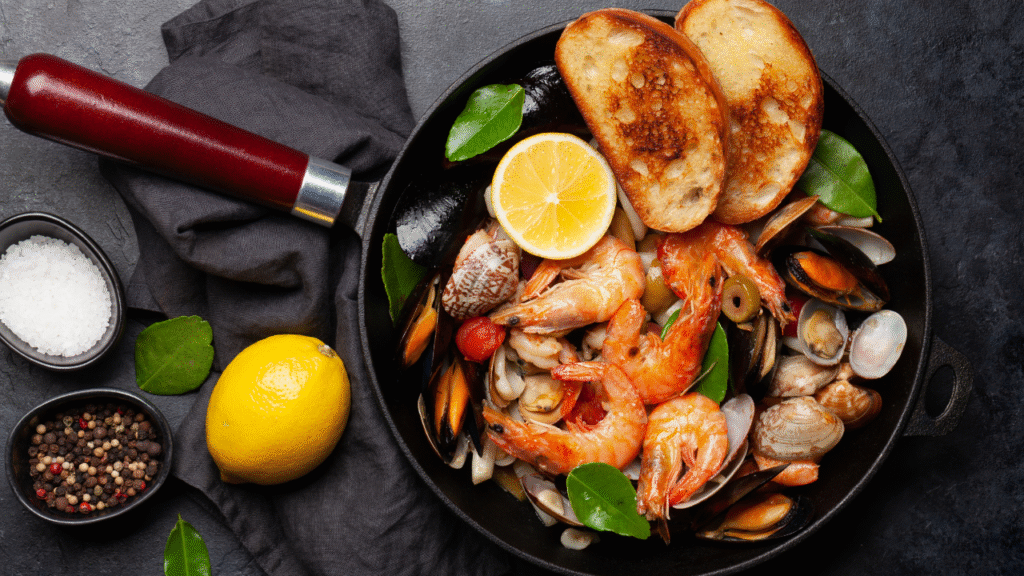
If there’s one ingredient that almost always finds its way onto a plate of seafood, it’s lemon—and for good reason. This pairing isn’t just a garnish or an afterthought; it’s a flavor enhancer with purpose. Lemon has the power to lift, balance, and refine seafood in a way no other ingredient can.
Why Lemon + Seafood Work:
| Element | Explanation |
|---|---|
| Seafood Profile | Light, briny, and sometimes rich or oily. |
| Lemon Profile | Bright, acidic, with a zesty aroma and a clean finish. |
| How They Interact | Lemon cuts through brininess and oiliness, enhancing the natural seafood flavor. |
| Flavor Function | Citric acid balances saltiness and “fishiness” without overpowering. |
| Additional Benefit | Lemon zest adds aroma; acid can also “cook” seafood in dishes like ceviche. |
| Flavor Result | Fresh, clean, and vibrant seafood with balanced brightness. |
More Than Just a Squeeze:
Across coastal cuisines—from Mediterranean grilled fish to Latin American ceviche—lemon and its citrus cousins play a starring role in seafood preparation. It’s not just for flavor; acid can also denature proteins, lightly “cooking” raw seafood as in ceviche or crudo.
Try It In:
- Grilled Shrimp with Lemon – A squeeze of lemon just before serving wakes up smoky, charred flavors.
- Lemon Butter Sauce for Fish – Combine melted butter with fresh lemon juice and a touch of garlic or herbs for a sauce that’s equal parts rich and bright.
- Fish Tacos with Citrus Slaw – Lime or lemon in the slaw and crema balances fried or grilled fish with cool acidity and crunch.
This pairing shows how acidity can be your secret weapon—especially when working with rich or subtly flavored ingredients.
🍫 5. Chocolate + Chili: A Bold and Fiery Duo

This pairing might sound adventurous, but it dates back thousands of years. Long before sugar was ever added to chocolate, the ancient Maya and Aztecs were blending cacao with chili peppers to create rich, spiced drinks that were considered both sacred and invigorating. Today, that tradition lives on in bold and deeply satisfying flavor combinations that fuse heat with richness.
Why Chocolate + Chili Works:
| Element | Explanation |
|---|---|
| Chocolate Profile | Bitter, earthy, and rich—especially in dark varieties. |
| Chili Profile | Spicy, warm, and sometimes smoky. |
| How They Interact | Chili enhances chocolate’s deeper notes and adds lingering heat. |
| Flavor Compound | Capsaicin adds heat without overwhelming, boosting the cocoa experience. |
| Historical Significance | Ancient Mesoamerican cultures paired cacao with chili in sacred drinks. |
| Flavor Result | Bold, warming, and complex—sweet meets heat with intensity. |
Layered, Luxurious, and a Little Unexpected:
This is a pairing that demands attention. It’s not subtle—but it is incredibly satisfying when balanced well. Whether used in a savory sauce or a decadent dessert, chocolate and chili prove that opposites don’t just attract—they ignite.
Try It In:
- Spicy Hot Chocolate – Rich cocoa spiked with a pinch of cayenne or ancho chili powder for warmth and complexity.
- Mexican Mole Sauce – A slow-simmered sauce blending chocolate, chilies, spices, nuts, and broth—perfect over chicken or enchiladas.
- Chili-Infused Chocolate Bark – Dark chocolate topped with chili flakes, sea salt, and crunchy nuts for a sophisticated snack or gift.
This duo is proof that a little fire can unlock a whole new side of something familiar.
🍯 6. Honey + Goat Cheese: A Sweet and Tangy Balancing Act
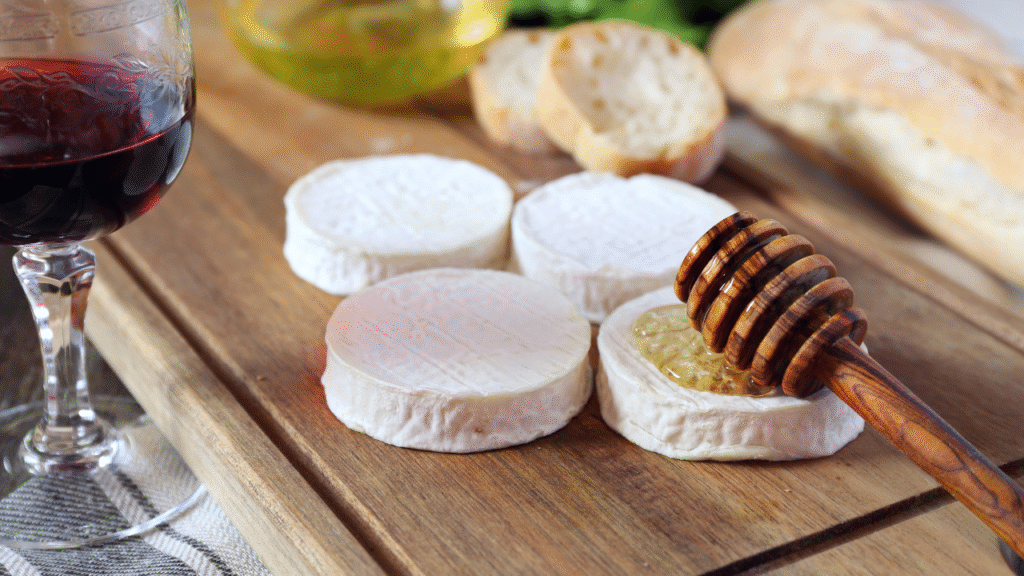
Some pairings whisper; this one sings. The moment creamy, tangy goat cheese meets golden honey, you get a contrast that’s both elegant and crave-worthy. It’s sweet meets savory in a way that feels indulgent yet balanced—perfect for everything from fancy appetizers to simple snacks.
Why Honey + Goat Cheese Works:
| Element | Explanation |
|---|---|
| Goat Cheese Profile | Creamy, tangy, with slightly grassy notes. |
| Honey Profile | Sweet, sticky, and smooth. |
| How They Interact | Honey softens the tang of the cheese while enhancing its richness. |
| Flavor Function | Sweet + tangy contrast creates balance and elegance. |
| Textural Appeal | Sticky vs. creamy texture makes each bite feel indulgent. |
| Flavor Result | A refined, crave-worthy pairing—great for crostini, salads, or flatbreads. |
A Pairing with Versatility:
Whether you’re building a cheese board or topping flatbread, this combo adapts to the occasion. It also plays well with extras like fresh herbs, fruit, or toasted nuts for added complexity.
Try It In:
- Crostini with Honey and Goat Cheese – Add a crack of black pepper or a few thyme leaves for contrast.
- Goat Cheese and Pear Salad with Honey Vinaigrette – Toss arugula or mixed greens with fruit, nuts, and a drizzle of honey-based dressing.
- Flatbread with Fig, Goat Cheese, and Honey – A warm, oven-crisped bite that feels fancy but is easy to make.
This is the kind of pairing that makes entertaining (or elevating a weeknight meal) feel effortless and refined.
🍖 7. Pork + Apples: The Comfort Food Classic That Just Makes Sense
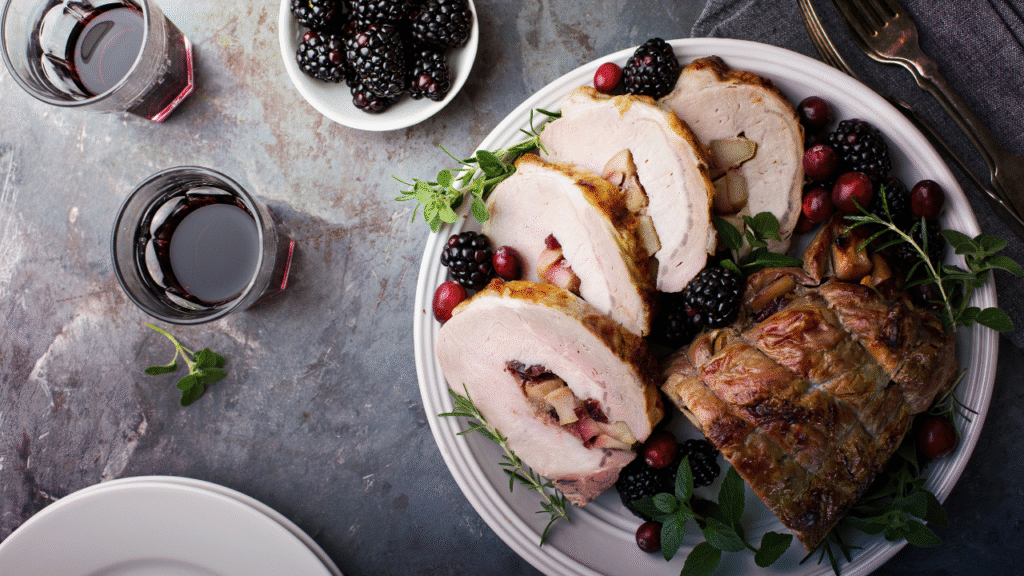
Few pairings capture the feeling of cozy, home-cooked comfort like pork and apples. Whether it’s a rustic roast or a modern one-pan dinner, this duo has stood the test of time—and for good reason. It’s not just tradition—it’s a deliciously smart flavor pairing.
Why Pork + Apples Works:
| Element | Explanation |
|---|---|
| Pork Profile | Savory, rich, with soft fattiness. |
| Apple Profile | Sweet, tart, crisp, and juicy. |
| How They Interact | Apples cut through fat and balance umami with acidity and sweetness. |
| Flavor Function | Apples caramelize when cooked, adding moisture and depth. |
| Cultural Significance | A staple in Northern and Central European cuisines for generations. |
| Flavor Result | Cozy, balanced, and comforting—classic flavor wisdom at work. |
Rooted in Culinary Tradition:
This pairing is a staple in Northern and Central European cuisines, where apples and pork have long shared space on the table. From German schnitzel with apple slaw to British roast pork with apple sauce, it’s a cross-cultural favorite with timeless appeal.
Try It In:
- Pork Chops with Apple Compote – Sauté apples with onions, a splash of cider, and thyme for a sweet-savory topping.
- Apple-Stuffed Pork Tenderloin – Roast with a filling of diced apples, herbs, and breadcrumbs for a show-stopping main dish.
- Skillet Pork and Apples – A one-pan weeknight wonder with seared pork medallions, sliced apples, and a splash of apple cider vinegar or Dijon mustard.
Whether you’re after cozy fall vibes or a quick sweet-and-savory meal, pork and apples deliver every time.
🍌 8. Peanut Butter + Banana: A Nostalgic Power Snack with Staying Power
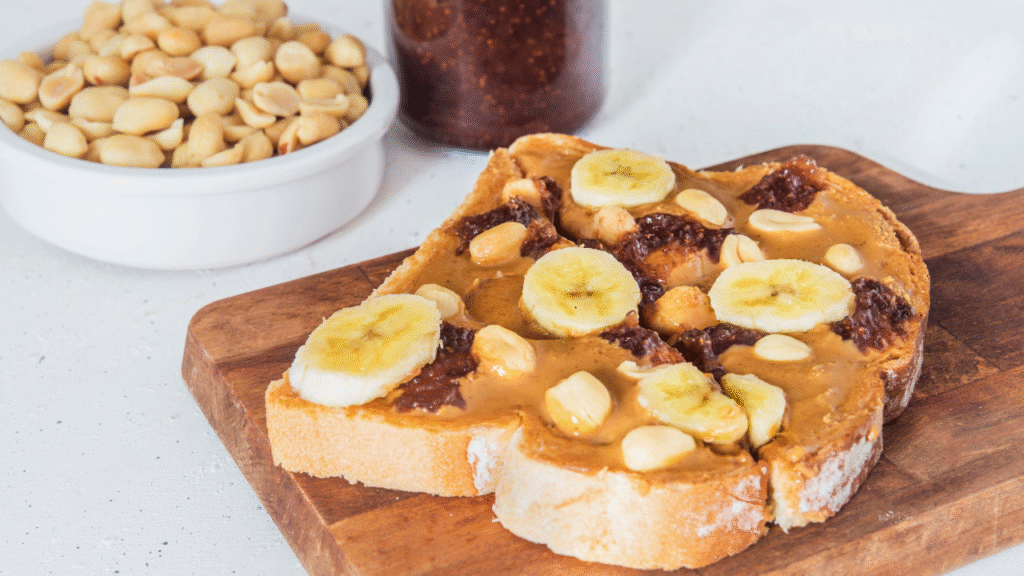
This pairing isn’t just tasty—it’s iconic. From lunchboxes to late-night snacks, peanut butter and banana have fueled everyone from growing kids to marathon runners (and even Elvis). It’s a feel-good combination that’s as satisfying as it is simple.
Why Peanut Butter + Banana Works:
| Element | Explanation |
|---|---|
| Banana Profile | Soft, sweet, and mellow. |
| Peanut Butter Profile | Salty, rich, creamy, and slightly nutty. |
| How They Interact | PB’s fat complements the banana’s softness and enhances its sweetness. |
| Flavor Function | Sweet + salty, creamy + soft = nostalgic comfort and contrast. |
| Nutritional Bonus | Balanced combo of natural sugars, protein, and healthy fats. |
| Flavor Result | Satisfying, kid-friendly, and endlessly snackable. |
More Than Just a Snack:
While it’s great on a spoon or toast, this pairing adapts beautifully to smoothies, baked goods, and energy bites. It’s also a nutritional win—offering a combo of protein, healthy fats, and natural sugars that makes it a perfect pre- or post-workout bite.
Try It In:
- Peanut Butter Banana Smoothies – Blend with milk (or plant-based alternative), a touch of cinnamon, and ice for a creamy, energizing drink.
- PB&B Sandwich – Go classic on toast or dress it up with honey, chia seeds, or a sprinkle of cocoa nibs.
- Banana Slices with PB Drizzle – Simple, satisfying, and endlessly snackable—perfect for kids and grown-ups.
This duo proves that comfort food can be smart, satisfying, and deliciously timeless.
💡 Final Tip: Create Your Own Flavor Soulmates
While classic pairings like tomato and basil or pork and apples have stood the test of time, great cooking is also about curiosity and creativity. Flavor pairing isn’t just about following rules—it’s about recognizing how different elements interact and bring balance to a dish.
At the heart of every successful pairing is contrast or harmony—and often a little of both. Once you understand these building blocks, you can start mixing and matching ingredients like a pro.
Here are some flavor dynamics to play with:
| Contrast Type | Example Pairing |
|---|---|
| Sweet + Salty | Apple + Cheddar |
| Acid + Fat | Lemon + Seafood |
| Crunchy + Creamy | Granola + Yogurt |
| Herbaceous + Rich | Basil + Tomato |
Once you start thinking in terms of flavor function, not just ingredients, the possibilities multiply. A sharp ingredient can wake up a flat dish. A drizzle of sweetness can tame bitterness. And sometimes, a single well-paired element can transform your whole meal.
Use this article as a jumping-off point, then trust your palate. Taste, adjust, and experiment. That’s where the real kitchen magic happens.
Thanks for reading!
If you enjoyed this article, be sure to follow us on social media and subscribe to the blog for more crave-worthy recipes, smart kitchen tips, and culinary deep dives.
Let’s keep cooking something amazing—together.
✍️ FAQs

1. What is the fundamental concept behind successful flavor pairings, and how do they work?
Flavor pairings work when ingredients either share similar aroma compounds (creating harmony) or balance each other through contrast—like sweet with salty or rich with acidic. These combinations feel natural to our senses and have been refined over centuries through both science and tradition.
2. How do classic duos like tomato and basil exemplify flavor harmony and cultural significance?
Tomato and basil taste great together because they share aroma compounds like eugenol and linalool, creating flavor harmony. Their long-standing role in Italian cuisine—think Caprese salad or pasta pomodoro—adds cultural depth to this already-perfect pairing.
3. How does the apple and cheddar pairing show the power of contrast in flavor?
Apple and cheddar are a perfect example of contrast—crisp vs. creamy, sweet vs. salty. The fat in the cheese softens the apple’s tartness, while their textures and flavors keep each bite exciting.
4. How does lemon enhance seafood dishes?
Lemon’s acidity cuts through the richness and brininess of seafood, making flavors taste fresher and more balanced. It also adds brightness and aroma without overpowering delicate fish.
5. What makes chocolate and chili a bold and historic pairing?
This combo goes back to ancient Mesoamerican cultures, which mixed cacao with chili. The spice enhances chocolate’s depth while adding a warm, lingering kick that makes each bite more intense and exciting.
6. How do honey and goat cheese create a sweet and tangy balance?
Honey softens goat cheese’s sharp tang, creating a smooth, crave-worthy contrast. The texture and flavor combo feels elegant, and works well in appetizers, salads, or flatbreads.
7. Why are pork and apples considered a comfort food classic?
Apples add sweetness and acidity that balance pork’s richness, while their texture can contrast or complement the meat. This pairing is traditional in many cuisines and always delivers cozy, well-balanced flavor.
8. How can home cooks create their flavor pairings?
Focus on how ingredients interact—like acid cutting fat, or creamy textures balancing crunch. Start with contrasts or shared flavor notes, then experiment and taste until you find what works best for your style of cooking.


